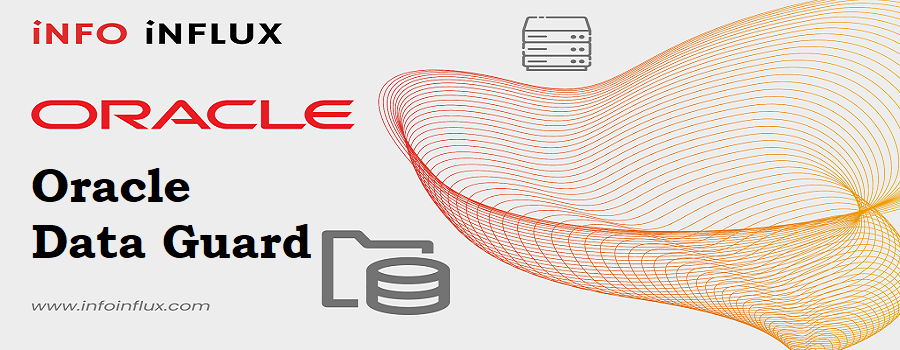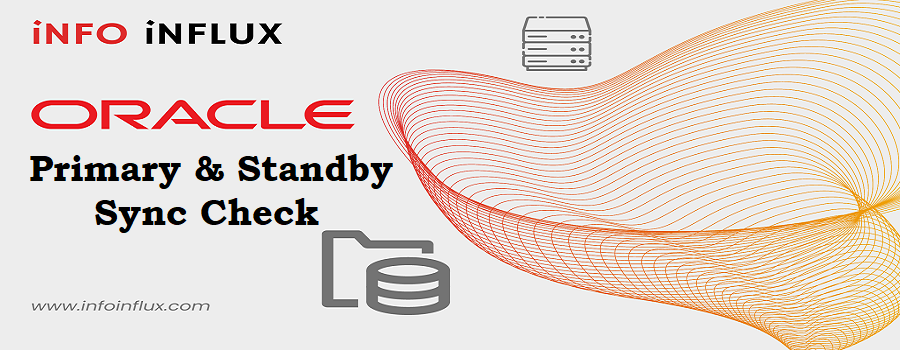To effectively manage the Flash Recovery Area (FRA) in Oracle, you need to monitor its space usage, configure its size appropriately, and ensure backups and archived redo logs are being managed efficiently.
Here are some essential steps and best practices for managing FRA:
1. Monitor FRA Space Usage
Regularly monitor the space usage of the FRA to ensure it doesn’t fill up and cause backup failures. You can check the current space usage and the configured FRA size using the following SQL command as a privileged user:
SELECT * FROM V$RECOVERY_FILE_DEST; This query will provide information about the total space, space used, and available space in the FRA.
2. Set FRA Size
Ensure that you have appropriately set the size of the FRA to accommodate your backup and recovery needs. If you find that the FRA size is insufficient, you can adjust it by modifying the DB_RECOVERY_FILE_DEST_SIZE parameter in your Oracle instance’s initialization file.
For example, to set the FRA size to 100 GB, you can use:
ALTER SYSTEM SET DB_RECOVERY_FILE_DEST_SIZE = 100G;3. Backup Retention Policy
Configure the backup retention policy to manage the number of backups retained in the FRA. This policy determines how long backup files are kept before they are considered obsolete and eligible for deletion.
You can set the retention policy using RMAN:
CONFIGURE RETENTION POLICY TO REDUNDANCY <number_of_backups>;
-- OR
CONFIGURE RETENTION POLICY TO RECOVERY WINDOW OF <number_of_days> DAYS;4. Delete Obsolete Backups
Regularly use RMAN to identify and delete obsolete backups. Obsolete backups are those that are no longer required based on the retention policy you have set. This step will help free up space in the FRA.
You can delete obsolete backups using RMAN:
CROSSCHECK BACKUP;
DELETE OBSOLETE;5. Archive Log Management
The FRA also stores archived redo log files. Make sure that archived logs are managed properly, and old logs are deleted once they are no longer needed. Use the LOG_ARCHIVE_DEST_n parameters to specify additional destinations for archived logs if needed.
6.Regular Backups and Testing
Ensure that you have regular database backups scheduled and that you periodically test your backup and recovery procedures to ensure they are working correctly.
7. Monitoring and Alerts
Implement monitoring and alerting mechanisms to notify you when the FRA reaches a certain threshold of space usage. This way, you can take prompt action to prevent potential issues.
8. Backup Compression and Deduplication
Utilize backup compression and deduplication techniques to reduce the storage requirements for backups and archived logs in the FRA.
By following these best practices and regularly managing the Flash Recovery Area, you can ensure a reliable and efficient backup and recovery process for your Oracle database.




Good explanation….
Pingback: Enabling Archive Log Mode in Oracle 12c and Above - Info Influx
Pingback: FRA In Oracle - Info Influx